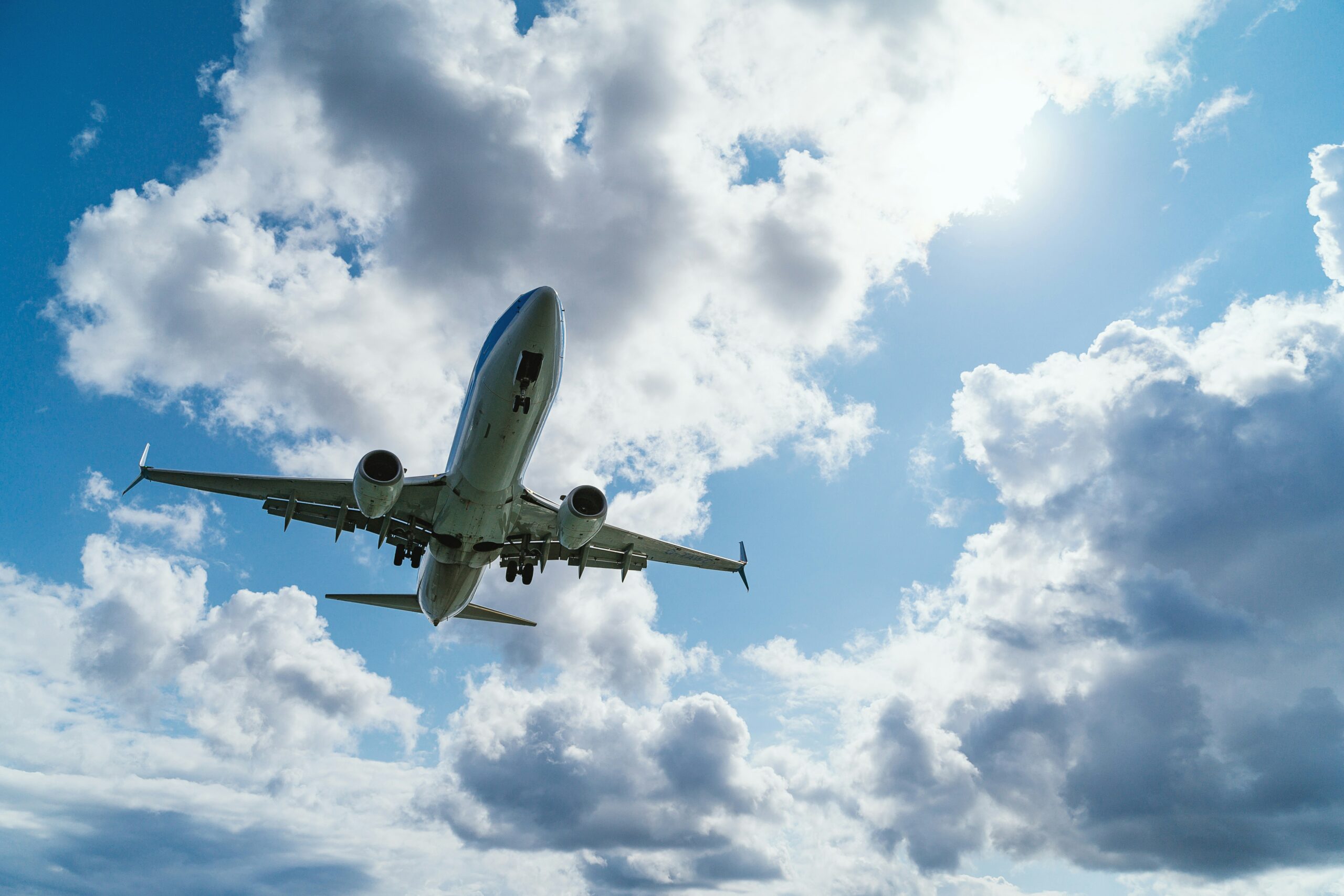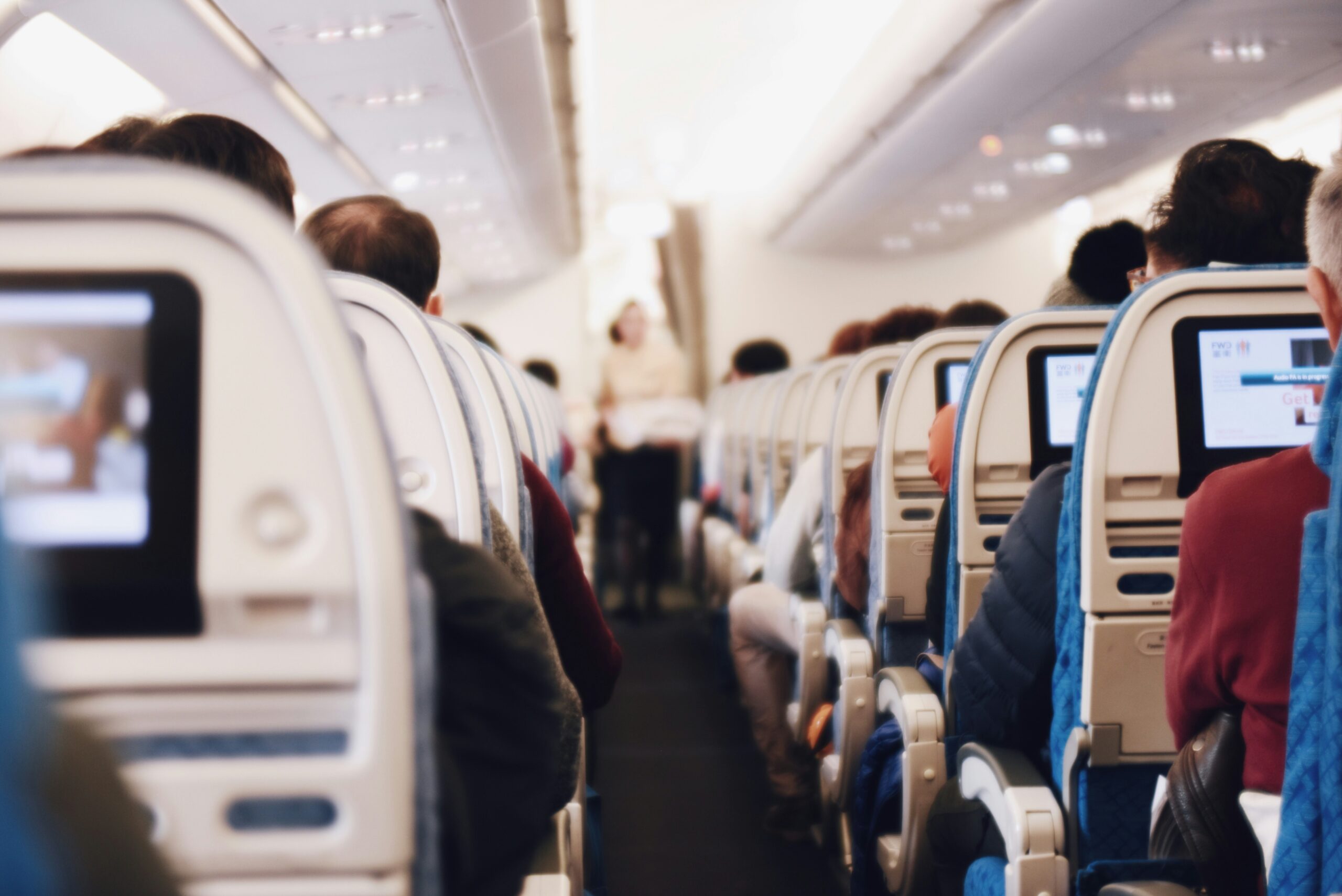Air travel is often shrouded in myths and misconceptions that can lead to unnecessary anxiety and confusion for travelers. From the fear of turbulence to the belief that airplane air is unhealthy, these myths can cloud the experience of flying. Understanding the science behind these misconceptions not only alleviates fears but also enhances the overall travel experience. This blog post aims to debunk some of the most common airplane myths, providing travelers with accurate information and practical advice for their next journey. By separating fact from fiction, you can approach your next flight with confidence and peace of mind.

Turbulence: A Dangerous Threat or Just a Bumpy Ride?
One of the most prevalent myths surrounding air travel is the fear of turbulence. Many passengers believe that turbulence can lead to catastrophic accidents. In reality, turbulence is a common occurrence and is typically caused by changes in air pressure, weather systems, or flying over mountains. Pilots are trained to handle turbulence, and modern aircraft are designed to withstand it. According to the Federal Aviation Administration (FAA), turbulence is rarely dangerous, and serious injuries are often the result of passengers not wearing their seatbelts during unexpected jolts.
For travelers, it is advisable to keep your seatbelt fastened whenever seated, even when the seatbelt sign is off. This simple precaution can prevent injuries during sudden turbulence. Additionally, if you are prone to anxiety during flights, consider choosing a seat over the wings, where the ride tends to be smoother.
Air Quality: Is It Really That Bad Up There?
Another common misconception is that the air quality inside an airplane is poor and potentially harmful. While it is true that the air in an aircraft is recirculated, modern planes are equipped with advanced filtration systems that remove 99.9% of airborne particles, including bacteria and viruses. According to the International Air Transport Association (IATA), the cabin air quality is comparable to that of a hospital operating room.
For those concerned about air quality, it is advisable to stay hydrated during the flight, as the cabin air can be quite dry. Drinking water regularly can help prevent dehydration and keep your respiratory system functioning optimally. Also, consider using a nasal saline spray to keep your nasal passages moist.

Flying at Night: Safer or Scarier?
Many travelers believe that flying at night is more dangerous than daytime flights. However, the truth is that flying at night is just as safe as flying during the day. In fact, many pilots prefer night flying due to the reduced air traffic and clearer visibility of the runway lights. The real concern for night flights is the potential for fatigue among passengers and crew. To combat this, airlines ensure that pilots and crew members are well-rested and adhere to strict regulations regarding flight hours.
For those who are anxious about flying at night, it is recommended to bring along a sleep mask and earplugs to create a more comfortable environment. Additionally, choosing a flight that offers in-flight entertainment or snacks can help distract from any anxiety.
Seat Selection: Does It Really Matter?
Another myth that often circulates among travelers is the belief that certain seats are inherently safer than others. While it is true that some studies suggest that passengers seated towards the back of the plane may have a slightly higher survival rate in the event of an emergency, the difference is minimal. The most important factor is to follow safety instructions provided by the flight crew and to know the nearest exits.
When selecting a seat, consider your personal preferences. If legroom is a priority, opt for an exit row seat. For those who prefer a quieter experience, seats towards the front of the aircraft tend to be less noisy. Additionally, using apps like SeatGuru can help travelers find the best seats based on their specific airline and aircraft type.
Food Safety: Is Airplane Food Really That Bad?
Airplane food has garnered a reputation for being bland and unappetizing, leading many to believe that it is unsafe to eat. However, the truth is that airline food is prepared under strict health and safety regulations. Airlines often work with nutritionists and chefs to create meals that are both safe and palatable. The perception of poor taste is often due to the altitude affecting taste buds, making flavors seem muted.
For travelers concerned about food safety, it is advisable to check the airline’s menu in advance and consider pre-ordering meals that cater to specific dietary needs. Bringing along snacks from home can also provide a familiar taste during the flight.
Traveling with Children: Myths and Realities
Traveling with children can be daunting, and many myths surround the experience. One common belief is that children should not fly until they are older due to potential ear pain during takeoff and landing. While it is true that changes in cabin pressure can cause discomfort, there are several ways to alleviate this. Encouraging children to chew gum or drink fluids during ascent and descent can help equalize pressure in their ears.
Additionally, parents should consider bringing along entertainment options, such as tablets loaded with movies or games, to keep children occupied during the flight. Many airlines also offer kid-friendly meals and activities, making the journey more enjoyable for young travelers.
Understanding Airplane Safety: The Real Risks
Despite the numerous myths surrounding air travel, flying remains one of the safest modes of transportation. Statistically, the odds of being involved in a plane crash are about 1 in 11 million. The aviation industry is heavily regulated, with strict safety protocols in place. Pilots undergo rigorous training and must complete regular simulations to prepare for various scenarios.
For travelers, understanding the safety measures in place can help alleviate fears. Familiarizing oneself with safety instructions and knowing the location of emergency exits can enhance confidence during a flight. Additionally, staying informed about the airline’s safety record can provide peace of mind.
Frequently Asked Questions
What’s the best time of year to fly?
The best time to fly often depends on your destination. Generally, flying during the shoulder seasons—spring (April to June) and fall (September to November)—can yield lower fares and fewer crowds. However, if you’re looking for the best weather, summer months are ideal for beach destinations, while winter is perfect for ski trips. Always check for seasonal events that may affect flight prices and availability.
How much should I budget for a flight?
Flight costs can vary significantly based on the destination, time of booking, and season. On average, domestic flights in the U.S. range from $200 to $500, while international flights can range from $600 to over $1,500. To save money, consider booking flights well in advance, using fare comparison websites, and being flexible with travel dates.
What should I pack for a flight?
When packing for a flight, consider bringing essential items such as a travel pillow, noise-canceling headphones, and a refillable water bottle. It’s also wise to pack snacks, especially for long-haul flights, as in-flight meals may not always be satisfying. Don’t forget to include any necessary medications and a change of clothes in case of delays.
Are there safety concerns when flying?
While flying is statistically safe, some travelers may have concerns about turbulence, security, or health risks. To mitigate these concerns, always follow crew instructions, keep your seatbelt fastened when seated, and stay informed about the airline’s safety protocols. If health is a concern, consider wearing a mask and bringing hand sanitizer to maintain hygiene during the flight.
How do I get to the airport?
Transportation to the airport can vary based on location. Options typically include driving and parking, taking a taxi or rideshare service, or using public transportation. If you choose to drive, consider booking airport parking in advance to secure a spot and potentially save money. For those using public transport, check local schedules to ensure timely arrival.
What are the best accommodations near the airport?
When looking for accommodations near the airport, consider factors such as proximity, price, and amenities. Many airports have hotels that offer shuttle services, making them convenient for travelers. Websites like Booking.com or Airbnb can help find suitable options based on budget and preferences. Always check reviews to ensure a pleasant stay.
Are there any local customs I should be aware of?
Understanding local customs can enhance your travel experience. Researching cultural norms, such as dress codes, tipping practices, and greetings, can help avoid misunderstandings. Websites like Culture Trip provide valuable insights into local etiquette and customs for various destinations.
Any insider tips for a smoother flight experience?
To ensure a smoother flight experience, arrive at the airport early to allow time for check-in and security. Consider downloading your airline’s app for real-time updates on your flight status. Additionally, dressing in layers can help accommodate varying temperatures on the plane. Lastly, keep a positive mindset and remember that flying is a remarkable way to travel the world.



















